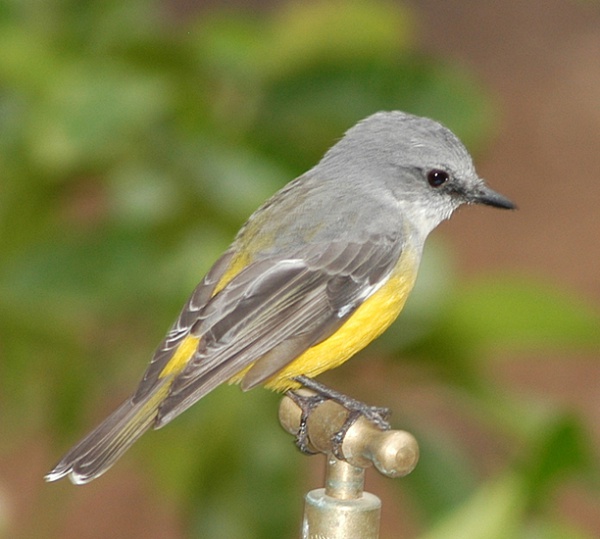Facts About Western yellow robin
The Western Yellow Robin is a charming bird native to Australia, belonging to the Australasian robin family. First described by John Gould in 1838, this bird isn't closely related to the robins of Europe or America. Instead, it represents an early branch of the Passerida group of songbirds. Measuring about 13.5 to 15.5 cm in length, it features grey upperparts, a grey head and breast, and a vibrant yellow belly. There are two recognized subspecies: *griseogularis* and *rosinae*.
You can spot the Western Yellow Robin in eucalypt forests, woodlands, and scrublands with plenty of understory in southwest Western Australia and parts of South Australia. These birds build their cup-shaped nests in trees and primarily feed on insects. Although they are listed as "Least Concern" on the IUCN Red List, some populations have experienced declines.
Initially, this species was named *Eopsaltria griseogularis*, but it was later identified as a distinct species separate from the Eastern Yellow Robin. Their habitat spans across southwest Western Australia and parts of South Australia, where they prefer eucalypt forests and shrublands.
Breeding occurs from July to January, with the birds often raising two broods per season. They construct their nests in trees using materials such as bark, grass, and twigs. Their diet consists mainly of arthropods, with a particular fondness for insects. However, habitat loss due to land clearing and climate change poses significant threats to their survival.
